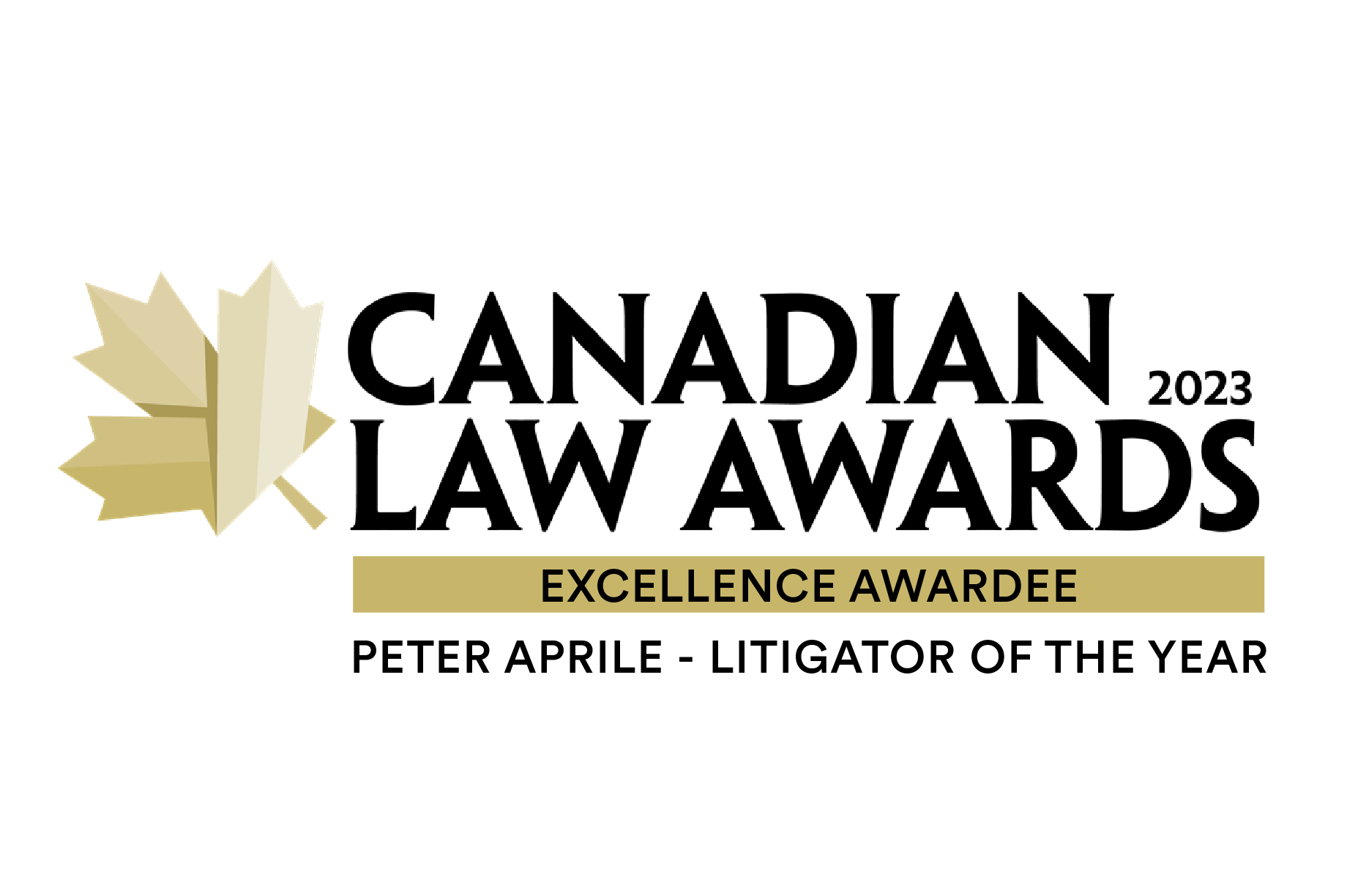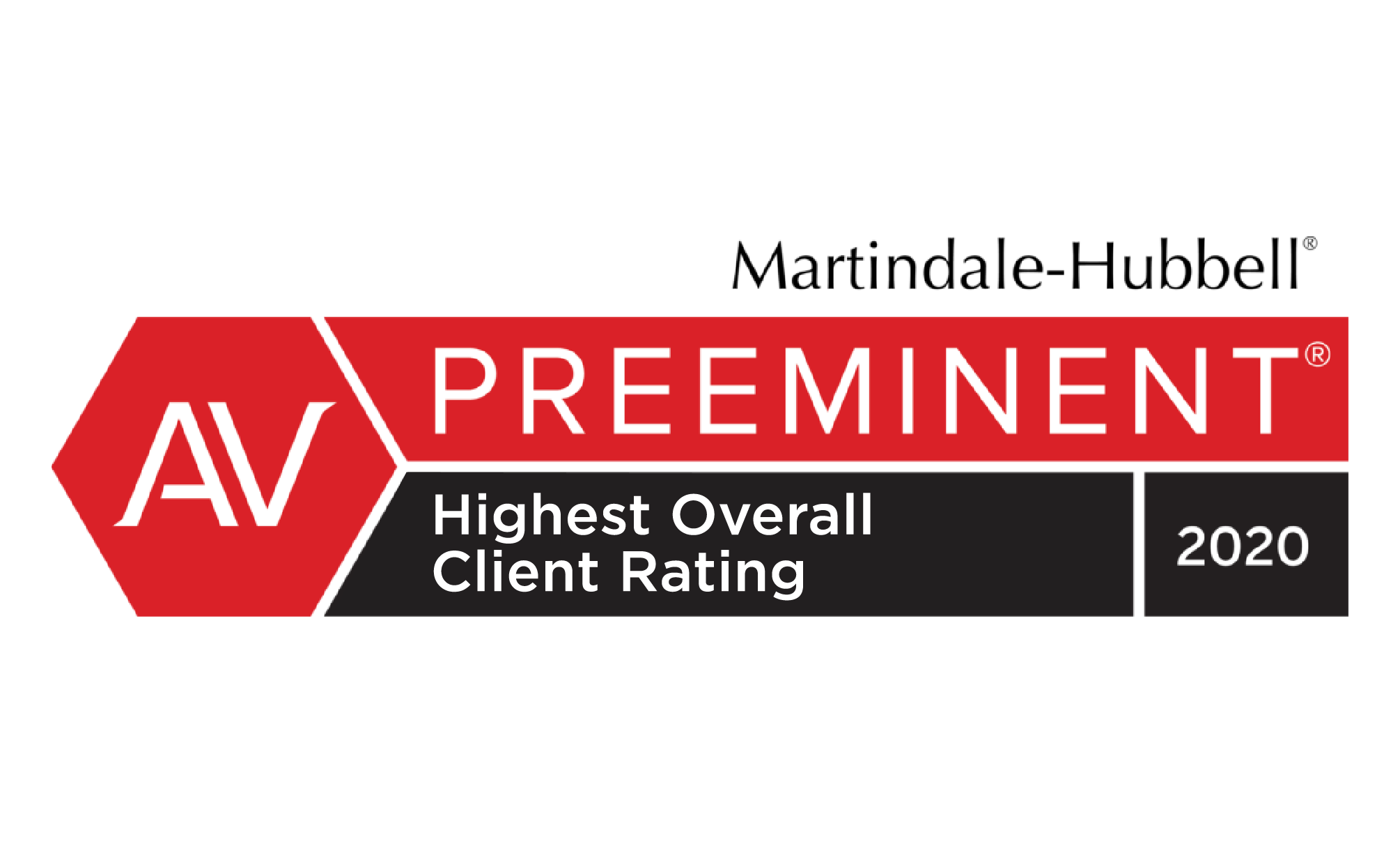
This article is part of Counter Tax Litigators LLP’s "Private Enterprise Tax Risk & Dispute Series," delivering strategic guidance to finance leaders monitoring and navigating high-stakes tax risks, challenges, and disputes.
Executive Summary
Private businesses - those with annual revenues typically ranging from $10 million to $250 million - form the backbone of Canada’s private sector, contributing significantly to economic growth. However, they are increasingly in the Canada Revenue Agency’s (CRA) audit crosshairs, particularly those with complex tax structures, intercompany transactions, and material deductions.
The CRA applies predictive audit models to identify higher-risk businesses for review, with medium-sized corporations ($20M-$250M revenue) flagged for deeper scrutiny. While audits aim to close the $2.7 billion to $3.5 billion corporate tax gap among SMEs, they often lead to CRA "review to contest" audits, aggressive reassessments, and prolonged disputes.
Private enterprises facing tax risk and CRA scrutiny need focused, strategic actions tied to real audit risk. This article delivers:
- CRA focus, translated into specific operational exposures
- Actionable CFO directives to reduce risk and strengthen defensibility
- A leadership approach to audit readiness and tax control
Aligning Tax Risk Management with CRA’s Audit Focus
The CRA continually refines its audit focus, targeting areas with the highest revenue recovery potential. As of 2024, priority enforcement areas include:
- Intercompany Transactions & Transfer Pricing – Increased scrutiny of management fees, cost allocations, and cross-border transactions.
- Executive Compensation & Shareholder Benefits – Focus on bonuses, dividends, and stock options potentially used for disguised remuneration.
- GST/HST Compliance – Rigorous assessment of input tax credits (ITCs), particularly those associated with refund claims or high-risk suppliers.
- Capital vs. Revenue Treatment – Classification of gains/losses as business income vs. capital gains, particularly in real estate and investment transactions.
- Industry-Specific Audit Risks – Construction (unreported subcontractor payments), real estate (GST/HST on condo assignments), and technology (SR&ED claims compliance).
CFO Directive: Conduct an internal risk assessment aligned with CRA’s audit screening models to identify vulnerabilities before they attract regulatory attention.
Strengthening Documentation & Compliance Controls
CRA auditors often apply benchmarking techniques to assess whether a business’s reported tax position aligns with industry norms. CFOs should ensure that key tax positions are well-documented before an audit arises. Key areas include:
- Intercompany Charges: Maintain contemporaneous documentation detailing the economic rationale for management fees and related-party transactions.
- GST/HST Compliance: Validate supplier GST/HST registrations to prevent exposure to denied ITCs due to non-compliant vendors.
- Shareholder Compensation & Loans: Ensure board-approved justifications for dividends, loans, and bonuses to withstand CRA scrutiny.
- Capital vs. Expense Classifications: CRA frequently reassesses asset purchases as capital expenditures, leading to tax adjustments. Documentation should clearly support deductions.
For deeper insight into how the CRA approaches tax audits, see CRA Tax Earned by Audit: The Hidden Metric.
CFO Directive: Establish a quarterly compliance audit to verify tax documentation and identify risks before a CRA inquiry.
Ensuring Financial Statement & Tax Return Alignment
CRA audit models cross-reference financial statements, tax returns, and third-party filings (e.g., GST/HST, payroll). Inconsistencies can trigger audits. Common risk flags include:
- Profit Margins vs. Industry Benchmarks – Large deviations from industry-standard financial ratios.
- Taxable Income vs. Revenue Trends – Unexpected shifts in reported income relative to prior years.
- Unjustified Loss Carryforwards – CRA scrutiny on loss utilization strategies.
- Shareholder Loans & Distributions – Transactions that appear inconsistent with reported corporate earnings.
CFO Directive: Implement an annual reconciliation process to ensure tax filings align with financial disclosures and prevent audit triggers.
Developing a Strategic Approach to CRA Engagement
CRA’s compliance review process often precedes formal audits. How a company responds can determine the escalation of risk. CFOs should implement best practices, including:
- Structured CRA Responses: Ensure responses to CRA information requests are timely and directly address the inquiry without over-disclosure.
- Controlled Audit Interactions: Limit auditor access to only the requested documentation to prevent broader examinations.
- Early Legal Involvement: Involve external tax counsel before submitting responses where material exposure exists.
For a strategic breakdown of how CRA engages in audits and potential conflicts, see CRA in Audit Conflict: Strategic Insights.
CFO Directive: Develop an internal CRA Response Playbook to manage audit requests strategically and reduce escalation risks.
Establishing a Pre-Audit Playbook & Readiness Strategy
CRA audit timelines can extend beyond 24 months, tying up internal resources and creating financial uncertainty. CFOs should establish an audit readiness strategy that includes:
- Pre-assigning roles within the finance team – Clearly defining who manages CRA interactions and documentation.
- Maintaining an “Audit-Readiness Playbook” – A structured repository of historical audit responses, key supporting documentation, and risk mitigation strategies.
- Engaging legal counsel at early dispute stages – Knowing when to escalate complex tax issues before an audit results in a full reassessment.
For deeper insights into CRA objections and strategic disengagement, see CRA Objection & Strategic Disengagement.
CFO Directive: Conduct a biannual CRA audit simulation to stress-test readiness and identify process gaps.
Conclusion: Managing CRA Audit Risk with Precision
CRA audits can be time-consuming, costly, and unpredictable, but CFOs can significantly reduce their exposure with strategic risk management, documentation discipline, and controlled CRA interactions.
By proactively aligning tax risk management with CRA’s enforcement focus, private businesses can avoid prolonged disputes, protect financial integrity, and ensure audit readiness without unnecessary disruption.
Next in the Series: Uncertain Tax Positions: Finance Decisions That Shape CRA Dispute Exposure
Sources & References:
- Canada Revenue Agency (CRA), Tax Gap Analysis & Compliance Measures
- PwC Canada, Corporate Tax Administration Insights
- Canadian Federation of Independent Business (CFIB), CRA Audit & Tax Compliance Trends

.jpg?width=120&name=Counter%20Tax%20Litigators%20Logo%20Stacked%20(MidnightBlue%20on%20White).jpg)













.png?width=400&height=400&name=CT-How_Can_We_Help-22_july_NewGraphic_b(small).png)

.png?width=1386&height=1224&name=2025%20Legal500%20Elite%20Boutique%20Award%20(Badge).png)
.png?width=1386&height=1224&name=ITR%20Finalist%20Practice%20Leader%20of%20Year%20Peter%20Aprile%202024%20(Badge).png)
.png?width=1386&height=1224&name=2025%20Legal500%20Leading%20Firm%20Client%20Satisfaction%20Award%20(Badge).png)





.png?width=1386&height=1224&name=ITR%20Tax%20Innovator%20Finalist%202024%20Award%20(Badge).png)
